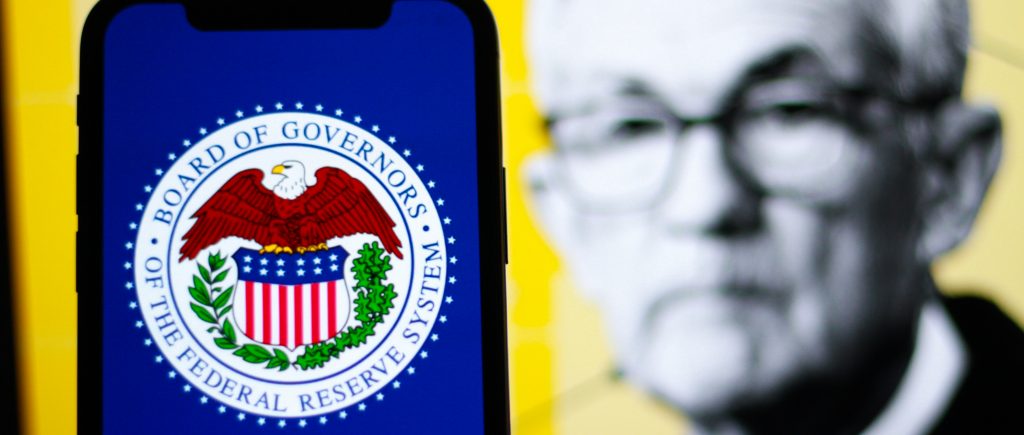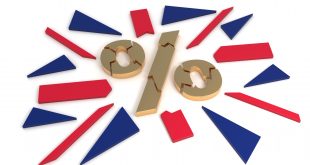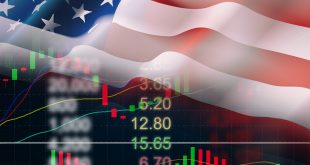Jerome Powell, Chair of the Federal Reserve, recently noted that economic uncertainty surged in April 2025 before beginning to subside. This shift frames the Fed’s upcoming decisions, particularly as the September meeting approaches. With inflation poised to climb and labor market dynamics shifting, the Fed’s path demands scrutiny. Here’s why Powell’s cautious stance matters and what it signals for the economy.
Inflation: No Room for Assumptions
Powell dismissed the notion that prices will simply rise and fall predictably, stressing that data, not guesses, drives policy. As more economic indicators roll in, speculative gaps narrow, yet no clear interest rate trajectory exists. A robust economy allows the Fed to pause rate changes, buying time to assess inflation’s climb in the coming months. This wait-and-see tactic could sharpen decision-making, but it risks missing the mark if inflation accelerates unchecked.
Why This Matters
Rushing to raise rates could choke growth, as seen in past tightening cycles. Conversely, delaying too long might let inflation spiral. Recent data suggests consumer prices are edging up, reinforcing Powell’s call for patience over premature action. The Fed’s flexibility here is a strength, but only if paired with timely responses.
Labor Market: A Shifting Landscape
Powell highlighted a shrinking labor supply, driven by lower immigration, though declining labor demand primarily fuels falling unemployment. This dual pressure complicates the Fed’s mandate to balance employment and price stability. Holding rates steady might suit a strong economy, but ignoring structural labor shifts could sow future risks. The Fed must tread carefully to avoid destabilizing either growth or jobs.
The Bigger Picture
A tighter labor market could push wages higher, feeding inflation. Yet, reduced demand signals cooling in key sectors. Historical parallels, like the post-2008 recovery, show that misjudging labor trends can prolong economic imbalances. Powell’s data-driven approach aims to sidestep such pitfalls, but the clock is ticking.
What’s Next for the Fed?
The September meeting hinges on fresh data. If inflation spikes, a more hawkish stance may follow, but a resilient economy grants leeway to delay. Powell’s insistence on waiting for clarity reflects a pragmatic bet: hasty moves often backfire. Yet, prolonged inaction could erode confidence if economic signals sour. The Fed’s challenge is to act decisively without locking into rigid commitments.
Powell’s remarks underscore a truth: certainty emerges slowly. By leaning on data and resisting dogma, the Fed can navigate this foggy terrain. The months ahead will reveal whether this patience pays off or invites new risks, shaping the economy’s course and the Fed’s credibility.
 Noor Trends News, Technical Analysis, Educational Tools and Recommendations
Noor Trends News, Technical Analysis, Educational Tools and Recommendations





